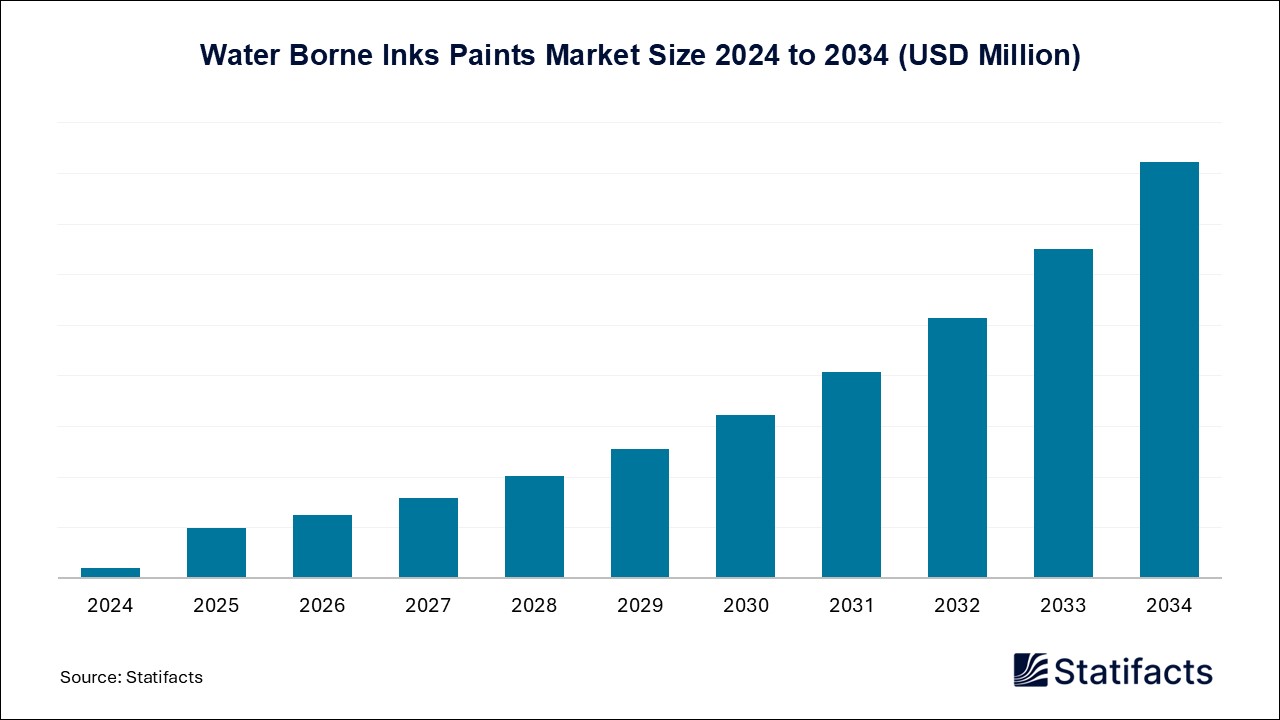
By clicking “Accept All Cookies” you agree to the storing of cookies on your device to enhance site navigation, analyze site usage, and assist in our marketing efforts.
Privacy PolicyThe global anticoagulants market size accounted for USD 35.98 billion in 2024 and is predicted to touch around USD 58.05 billion by 2034, growing at a CAGR of 4.9% from 2025 to 2034.
| Industry Worth | Details |
| Market Size in 2025 | USD 37.74 Billion |
| Market Size by 2034 | USD 58.05 Billion |
| Market Growth Rate from 2025 to 2034 | CAGR of 4.9% |
An enormous expansion is witnessed in the anticoagulants market, owing to rising fatal health conditions, especially cardiovascular diseases. Due to the modern-day lifestyle, heart ailments have been on the rise, and any risk factor for blood clotting without timely interventions could mean life-threatening events such as a heart attack or a stroke. Anticoagulants prevent the formation of clots and therefore stand as a preventive mechanism against these complications and have emerged as a core component in cardiovascular treatments. Being considered more safe, convenient, and effective, the concept of innovative anticoagulant therapies, mainly the NOACs, is modernizing the entire treatment landscape. Keeping cardiovascular health awareness and pharmaceutical advancements in view, a wider adoption is seen towards these therapies. The rise in elderly population with an increasing prevalence of comorbidities, coupled with broad-based preventive healthcare approaches, further supports the market growth.
“We are delighted to introduce a unique RTU Bivalirudin Injection that does not require frozen storage into the US hospital market.”
"After successful previous launches of DABIGAT (Dabigatran) and APIGAT (Apixaban) by Natco, this latest Rivaroxaban NOAC (Novel oral anticoagulant) is in line with the company's mission of affordable medicines accessible to all."
North America
North America dominated the global anticoagulants market, mainly because of its strong healthcare infrastructure, the high incidence of cardiovascular disorders, and active pharmaceutical innovations. In Canada, with a well-structured reimbursement mechanism within its public healthcare system and an aging population, chronic diseases are receiving much emphasis from a government perspective toward implementation. Collaborative measures among academia and pharmaceutical companies further the research and innovation of cardiovascular therapies.
Asia-Pacific
In the Asia Pacific, the anticoagulants market holds massive potential for growth, hindered by the limited awareness of cardiovascular health, and simultaneously supported by increasing disposable income and urbanization-induced lifestyle changes. China and India, as large healthcare infrastructure builders, provide increasing access to diagnostics and advanced therapies. The increasing attractiveness of medical tourism in Thailand and Malaysia and the presence of a growing pharmaceutical sector in India further improve the affordability and availability of anticoagulants.
Europe
Europe is undergoing tremendous growth, wherein the UK, Germany, and France spearhead advanced health care with a focus on preventive care. Other emerging markets, Latin America, the Middle East, and Africa would see steady growth, driven by increasing health needs and greater access to anticoagulant therapies.
Recent Developments: In May 2025, Biocon Pharma's subsidiary received FDA approval for its ANDA for Rivaroxaban Tablets USP, a prescription medication for deep vein thrombosis and pulmonary embolism. In February 2025, Novartis is set to pay $925 million upfront to acquire Anthos Therapeutics, a biotech backed by Novartis in 2019. The deal aims to reclaim its late-stage anticoagulant antibody, abelacimab.
The market is moderately fragmented with local players like Johnson & Johnson, Bayer AG, Aspen Holdings, GlaxoSmithKline Plc, Pfizer Inc., Bristol-Myers Squibb Company, Boehringer Ingelheim GmbH, Daiichi Sankyo Company, Sanofi S.A., Portola Pharmaceuticals etc. wishing to take the time to edge their presence through investments, partnerships, acquisitions, and mergers. They also invest in product development and competitive pricing. These strategies will promote market growth and lucrative opportunities for market players
According to Johnson & Johnson's latest financial reports, the company's current revenue (TTM ) is ₹7.638 trillion. In 2024, the company made a revenue of ₹7.619 Trillion, an increase over the revenue in the year 2023, that were of ₹7.089 Trillion.
Pfizer's annual revenue for 2024 was $63.627B, a 6.84% increase from 2023. Pfizer's annual revenue for 2023 was $59.553B, a 41.14% decline from 2022. Pfizer's annual revenue for 2022 was $101.175B, a 24.46% increase from 2021.
GSK revenue for the twelve months ending December 31, 2024, was $40.095B, a 6.28% increase year-over-year. GSK's annual revenue for 2024 was $40.095B, a 6.28% increase from 2023.
Published by Kesiya Chacko
To get full access to our Market Insights, you need a Professional Account or a Business Suite.

You will receive an email from our Business Development Manager. Please be sure to check your SPAM/JUNK folder too.

You will receive an email from our Business Development Manager. Please be sure to check your SPAM/JUNK folder too.

Our customers work more efficiently and benefit from


